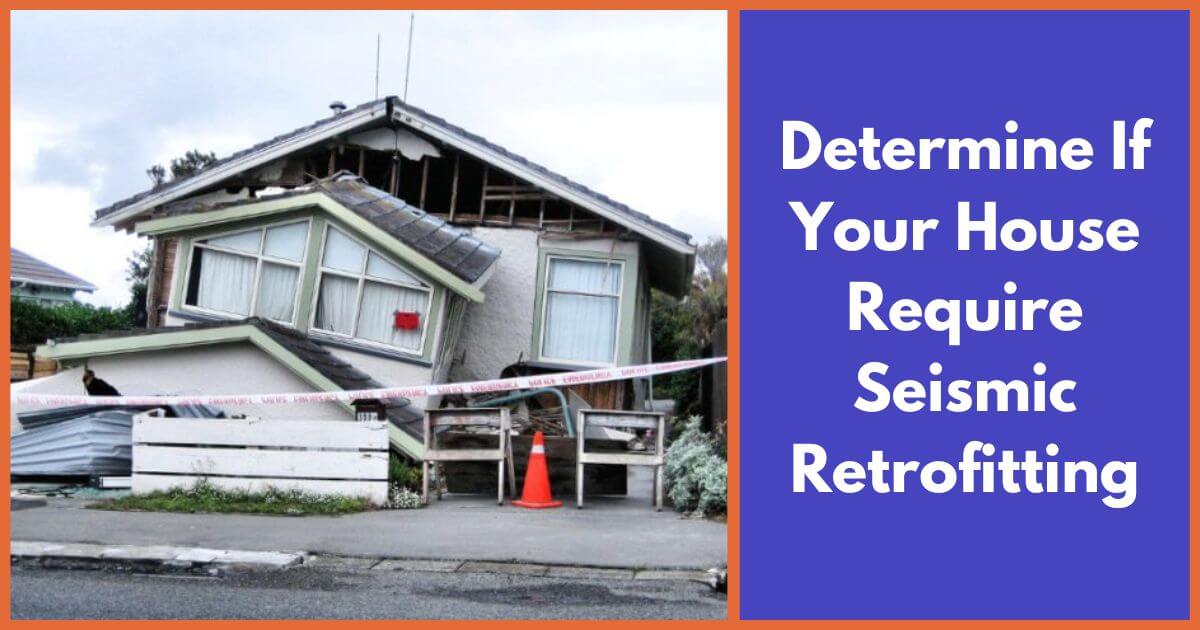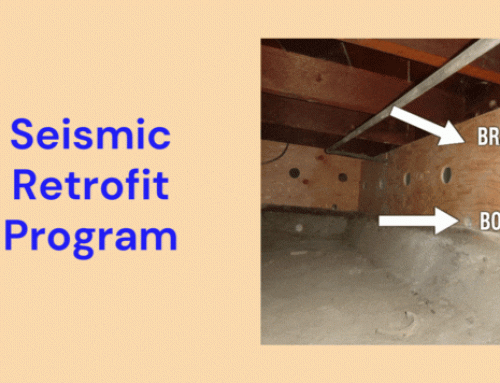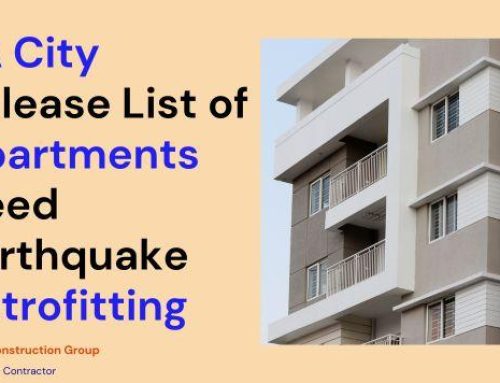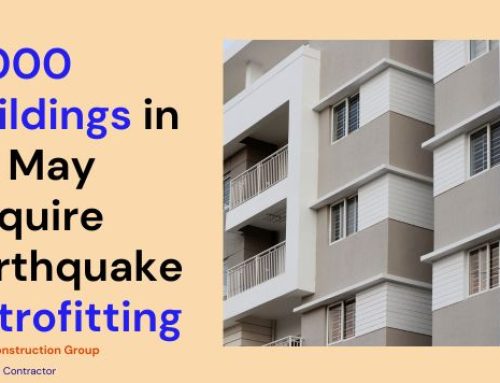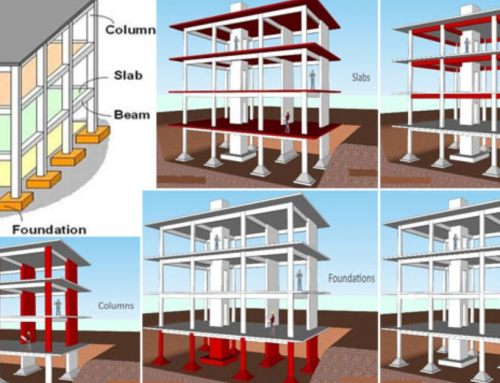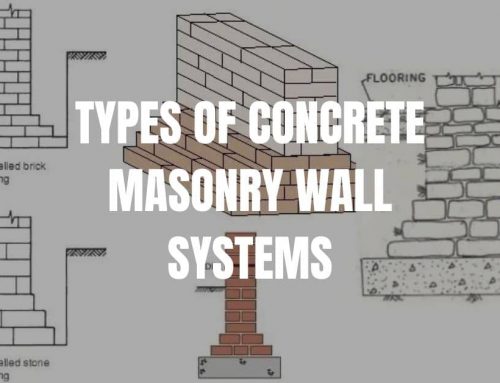Los Angeles is one of the most earthquake-prone areas in the United States. According to the United States Geological Survey, Los Angeles is on the verge of a 6.7-magnitude earthquake in the next 30 years, with a 60% likelihood. Also, almost one-in-three earthquakes will measure 7.5 on the Richter scale of 9.
Given that, the earthquake threat in Los Angeles is immense, though new regulations require seismic retrofits for some of the most vulnerable buildings to mitigate the damage. For those wondering how your home will hold up, there are an array of resources available in our following guide. Check it out!
Does Your Home Stand Up to Seismic Activity?
Seismic activities are often considered more dangerous and destructive, which leaves a high impact. Many California apartments with garages and carports on the ground story that were built before the 1980s are vulnerable to collapse during an earthquake. In other words, there are over one million vulnerable older homes in high-hazard earthquake areas in California. Additionally, there is a probability that different parts of California like the Bay Area and the city of Los Angeles may experience earthquake ruptures of various magnitudes in upcoming years.
Therefore, in order to protect yourself from such circumstances, make sure your living area is seismic-resistant.
The majority of the structures in California aren’t resistant to seismic activities. Hence, the risk is often associated with the strength of the home, the style of construction, and its location. Structures that are old and tall are at a higher risk. An easy way to know if your house is earthquake resistant is to call an engineer and get checked if the foundations of your home are weak or unbraced and if the walls are crippled.
Related Post – Earthquake Brace AND Bolt Program (EBB) – An Ultimate Guide
Earthquake-resistant structures often have bolts in their foundations, and an engineer can inspect your house to find out if it is secure and earthquake-resistant. A structural engineer is the best person to help you determine how to strengthen the strength of your foundation and masonry if your home is not earthquake-resistant.
In regions of California where seismic activity is high and has residential and commercial properties, they must meet specific standards to prevent and lessen damages due to earthquakes, hurricanes, storms, and others. Existing spaces that fail to meet such standards may be subject to Los Angeles’ mandatory seismic retrofit ordinances, which require an upgrade to comply.
How Do You Know If Your House Needs Retrofitting?
Seismic retrofitting is a process of strengthening a building to make it more resistant to earthquakes. It is an important step to ensure the safety of your home and its inhabitants during earthquakes. However, not all houses require seismic retrofitting. In this guide, we will discuss how to determine if your house needs seismic retrofitting, what signs to look for, and how to get a professional assessment. This will help you understand the risks associated with your house and take the necessary steps to make it safer.
-
Unreinforced Property
In order to identify if your home requires retrofitting – you first need to understand the problem. When an earthquake or any other natural disaster occurs, an unreinforced property can slide off its foundation or the walls can collapse.
-
When Home was Build
While determining whether your building needs retrofitting, the first thing to do is to invest in the whole house before constructing. If your house was constructed before 1980, your house probably needs retrofitting.
This does not mean that every house built after 1980 does not require retrofitting. There is still a lot that can be done to improve houses built after 1980. It’s best to find out if the house has been retrofitted before you move in. However, sometimes this information may not be readily available.
-
Consult with A Seismic Retrofitting Contractor
The best option in such a situation is to consult a qualified and experienced earthquake specialist who can determine the strength and vulnerability of your home. If you consult a specialist, they will suggest ways to retrofit your house to reduce earthquake damage.
However, with the help of seismic retrofitting, a property owner can strengthen and reinforce existing buildings to withstand an earthquake. It’s the core purpose of this service to prevent catastrophic collapses that may cause injury, death, or property loss. As part of an earthquake retrofit, the house’s connection to the foundation will be strengthened with straps and brackets, along with the connections between walls, the foundation, and the roof will be improved (to prevent collapse).
Inspect If Your House is Seismic Resistant
Unsafe buildings are more dangerous for people, specifically in the Los Angeles area. Everyone knows that most area of California is susceptible to damaging levels of seismic hazards. Here is a basic list of checks one can implement to test if one’s home is earthquake resistant or not.
Visual Inspection
If you notice any of the following in your present house, your need to be more agile about the structural safety of your home:
- Deep cracks between slab and beams.
- Continuous deep cracks in roofs.
- High vibrations while moving furniture or running on the floor.
- Visible continuous cracks in the basement columns and retaining walls.
Structural Checks
Buildings can undergo different structural checks depending on their age. So, do the followings:
New Buildings
- Check if the building is designed and constructed in accordance with the Los Angeles building code.
- It’s always a good idea to ask the registered architect or structural engineer who designed the building.
For Existing Buildings
- You must first try and consult the Architect /engineer who has designed the structure.
- If you have access to the existing structural drawings, cross-check them.
- One must undergo structural stability tests, such as load-bearing tests, in the absence of these designs and drawings. A structural engineer conducts these tests.
It is our responsibility to ensure our own safety. One can easily remember these simple checks. In the future, be more aware of earthquakes and better prepared for them.
Seismic Retrofitting: Is It The Right Option?
Finding out when a home was built is the first step in determining if it needs a seismic retrofit in Los Angeles. Remember that properties built before 1980 may require seismic retrofitting if they were built before 1980. These homes were not built in accordance with earthquake-related building codes, so they are more likely to collapse or fail during an earthquake. In spite of the fact that your home was built in the 1990s, additional reinforcement may still be necessary. This can be determined by a professional.
Related Post – How is Retrofitting Done for Different Structures?
Some older homes built before 1980 may have already been retrofitted. Take a look beneath the structure to see if you can find brackets and strapping where the structure meets the foundation.
Still not sure? Give LUX Construction Group a call. We will come out to your property for an inspection and make recommendations on how to improve your home’s safety. Schedule your free inspection now at (424) 248-5090.
Ask Professionals – LUX Construction!
In order to make your house earthquake-proof, make sure they’re constructed of strong yet flexible materials. There is usually a preference for wood and steel in earthquake-prone areas. When the earthquake strikes, they will bend rather than break. Retrofitting and strengthening your home with wood and steel can make it more earthquake-resistant.
A high earthquake-risk area can be a challenge for both buyers and sellers. Therefore, you should hire a qualified agent to guide you through the process. With LUX Construction, you can find a top-performing general contractor who has the expertise to assist you with building a seismic-resistant home.
We carefully inspect your house and recommend necessary reconstruction and retrofitting accordingly. Our professional architects and contractors will take care of the remodeling and structuring of your building, which is based on inspection results. To know more about seismic retrofitting projects, call us today at (424) 248-5090.

